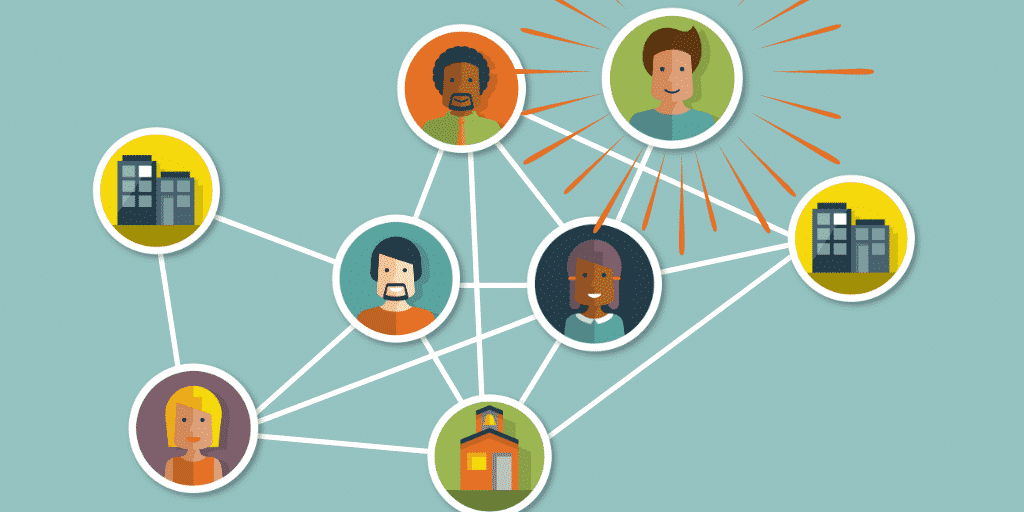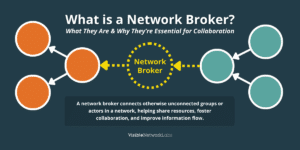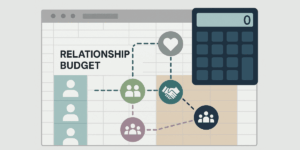Using Network Data to Inform Collaborative Strategy

Building community partnerships isn’t easy, even though it feels as if it should be. As with any form of decision-making, it’s important to use evidence and data to come to the best choices. That includes when building any kind of network or collaborative strategy. By measuring the interconnections among your community partners, you can start using network data to inform your collaborative strategy.
Using Network Data to Inform Collaborative Strategy Makes All the Difference.
A lot of people believe networking and relationship-building is just part of being human – no need for data or evidence. However in truth, relationships take time and energy to build and maintain. Without some way of guiding your partnership-building efforts, you’re likely to fall into “more is better” thinking that quickly expends your time and reduces the collaborative advantage provided by your partners. In our infographic below, we explore how organizational network analysis and network data can be used to drive your partnership decision-making process and inform your collaborative strategy.
We usually consider four different types of network data. First, we look at network structure, the way partners are interconnected when considering the entire ecosystem of partnerships. Second, we look at the quality of relationships, considering factors like trust and value, intensity of interactions, and resource exchange. Third, we look at agreement across partners on major issues like their goals and progress towards reaching them. Fourth, we try to attribute specific partnerships to the relationship-building efforts of the network. These four types of data provide all you need to reflect on and adapt your collaborative strategy and tactics to better reach your shared goals.
Related Read: Network Evaluation Framework Brief
Want to learn more about network data and collaborative strategy? Visit our Network Leadership Resource Library to see blogs, webinars and research on this very important topic. You can also share a comment below with the community to add your thoughts on the subject.





